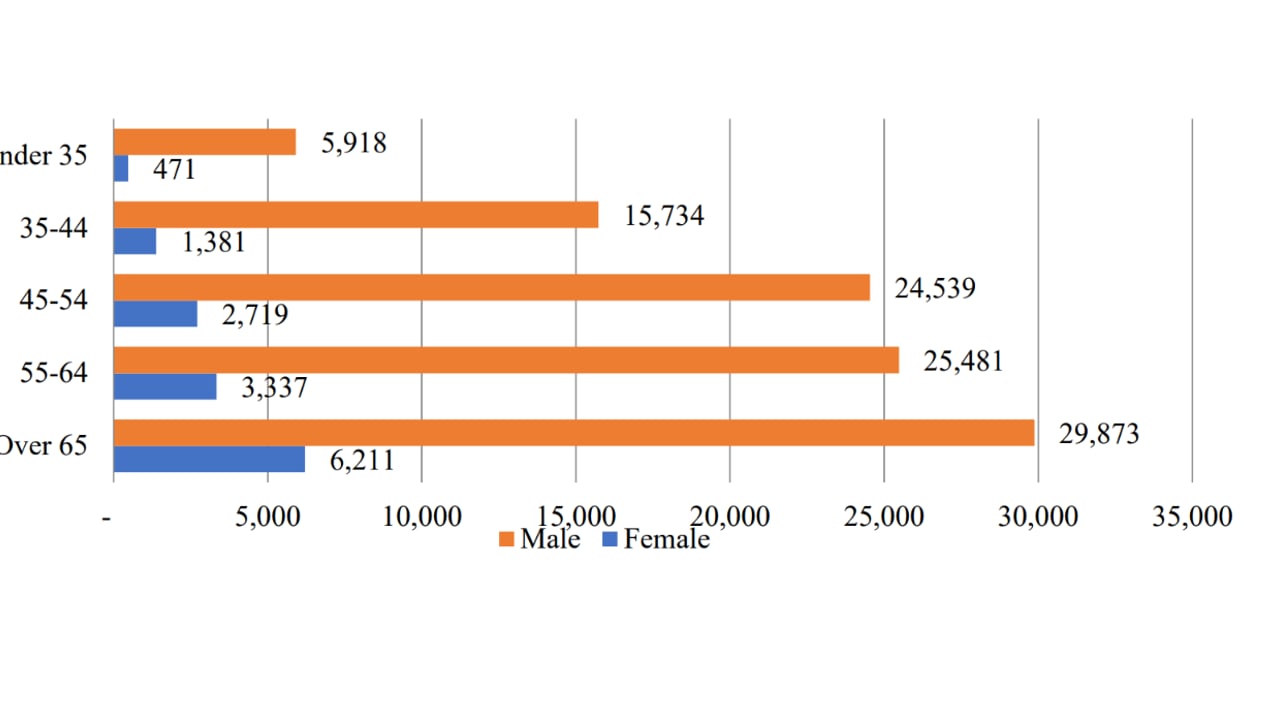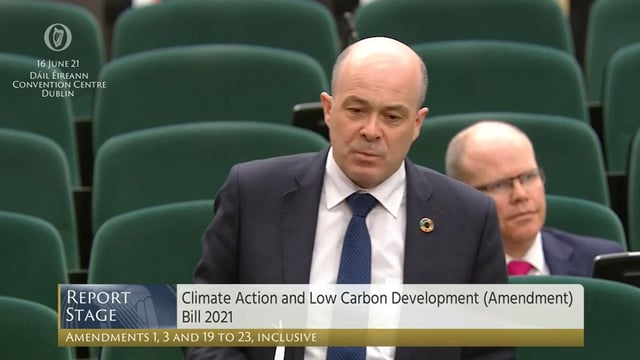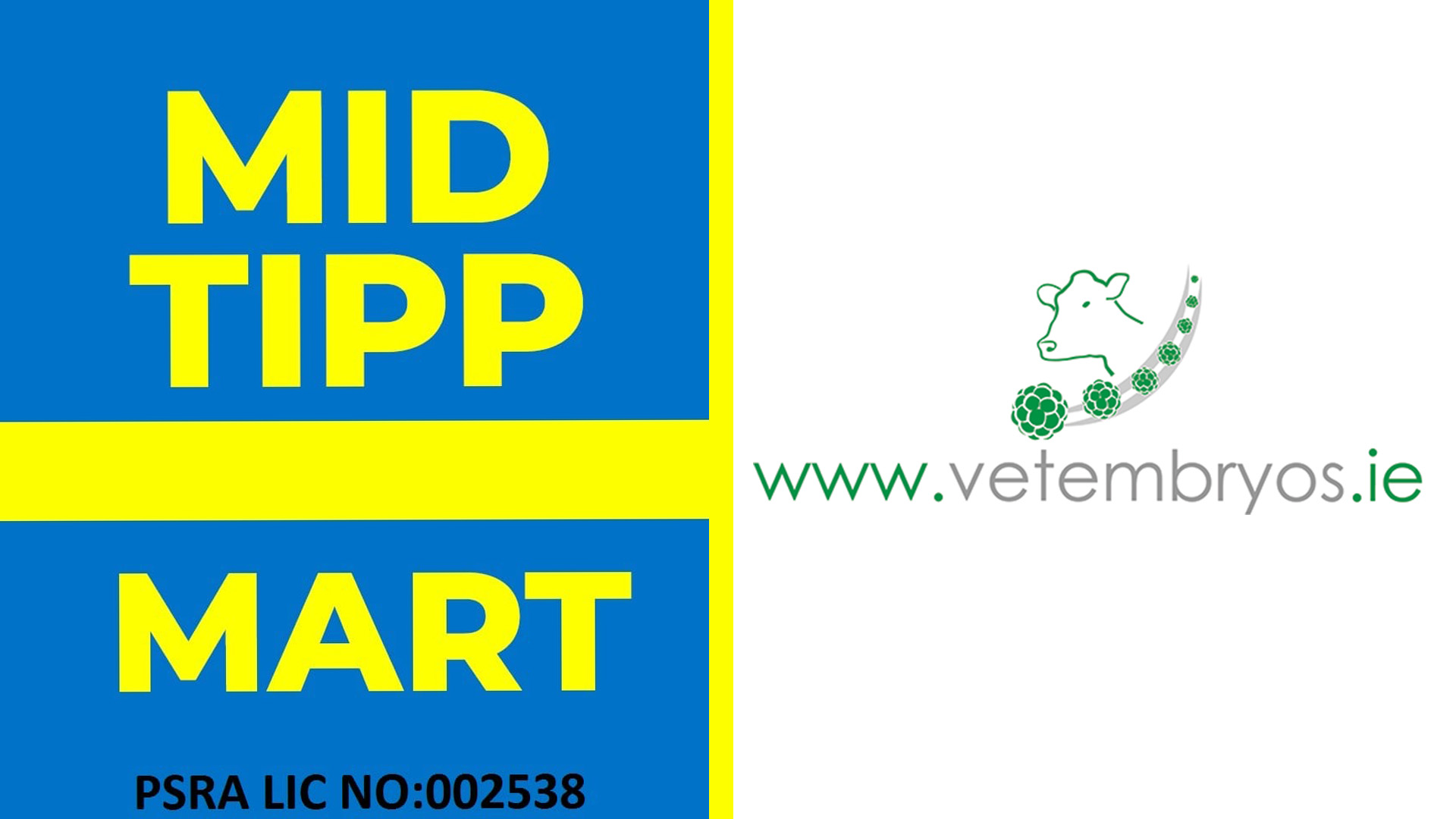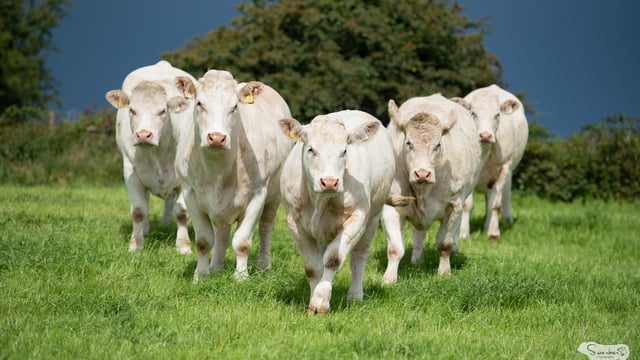TAMS grants and KT top-ups proposed to bridge gender gap in Irish ag
"Concrete measures are needed at Government level and under the next Common Agricultural Policy (CAP) to ensure that Ireland tackles the gender gap on farms", according to the National Women's Council of Ireland (NWCI) in its submission to the Draft Agri-Food Strategy to 2030.
The NWCI said it supports the provision of top-up payments - in the region of 15% - in the next CAP for Knowledge Transfer (KT) groups, which have three female participants.
It also proposes that all joint farm partnerships, where a woman is a named partner, should receive a 60% Targeted Agriculture Modernisation Schemes (TAMS) grant.
A 35% top-up is proposed for women farmers under the age of 40 in the next CAP, and for women over the age of 40, who are entering farming for the first time, the NCWI recommends a 25% top up on their single farm payment.
While welcoming the call, in the draft strategy, for an enhanced role for women in the sector through the development of networks for women, the time has come for concrete measures to be implemented to bridge the gender gap and achieve this, the NCWI said.
Included in its submission, the NWCI gave an overview of female farming in Ireland.
Citing Central Statistical Office (CSO) figures from 2018, it said that women farmers make up just 12% (16,100) of the 137,100 family farms in the country with just 3.8% of farms registered with the Department of Agriculture, Food and the Marine in joint female/male names.
Ireland has the fifth lowest number of female farmers in Europe and there has been no increase in women’s ownership of land since 2010.
Figures and studies featured in the submission point to an industry that is still male dominated.
A 2017 succession and land-mobility study undertaken by Macra na Feirme showed that just 11% of those identified as potential successors, are women, while Teagasc has acknowledged that young women account for approximately 10% of their students.
It continued:
"Just 8% of the €1.2bn of Ireland’s EU CAP Single Farm Payments went to women farmers in 2012.
"Analysis reveals further inequalities in payment amounts. On the top and bottom 60 CAP payments across five counties in the north and west, Irish women farmers make up, on average, 3% of the top payments while making up, on average, 20% of the lowest payments.
"There are very few areas of public expenditure, where 90% of public investment is going to one gender," the NWCI submission said.
The NCWI has called on the government to renew, as a matter of urgency, its expenditure of public money and ensure it's supporting the development of more equal and diverse agricultural sector.
Just some key recommendations within the submission to deal with the gender gap are below:





